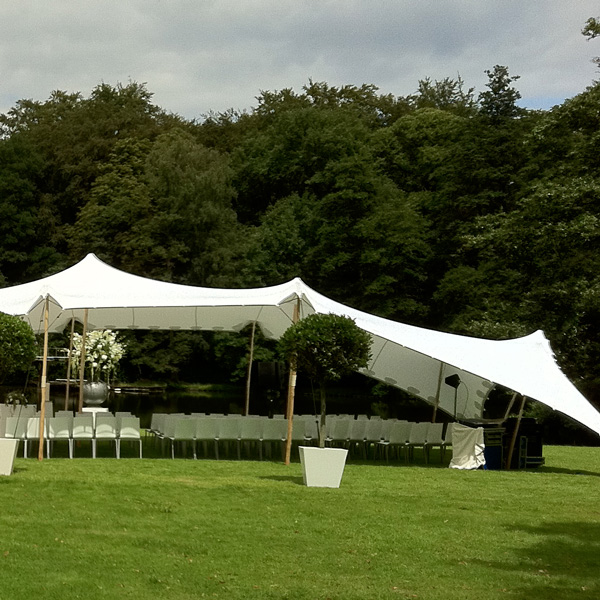Stretch Tents for Your Wedding
Posted on June 14th, 2019
4 BENEFITS OF HAVING AN OUTDOOR WEDDING VENUE
OUTDOOR WEDDING VENUE
NATURAL BACKDROP
PLENTY OF ROOM
EVENT TENT RENTAL FOR AN OUTDOOR WEDDING
Posted on June 14th, 2019
Preparing for an Outdoor Event in Winter

Heat Sources
You are going to need to make provisions for people to keep warm. Sure, your guests will likely show up in garb befitting of an outdoor winter event, but their attire will only do so much to keep them comfortable. To make the most out of a winter event, set up some sources of heat close to where people are expected to gather. Large gas heaters, or even better, bonfires are always a welcome addition to winter events.
Ground Cover
Timing is Everything
The Sun is Still There
Contact Stretch Tents for Details
Posted on March 27th, 2019
Common Stretch Tent Rigging Mistakes Can Be Avoided With These Guidelines

Design guidelines
Common stretch tent rigging mistakes
- Incorrect pegging and anchoring techniques
- Incorrect pole positioning and angling
- Insufficient safety straps
Pegging and anchoring techniques

- The pull-out force that an anchorage stake can withstand depends on the type of soil, water penetration, and inclination and depth of the anchor.
- Loose soil provides the least resistance and may require special anchors. In this situation, pull-out tests are required to verify the anchor’s resistance.
- Where ground penetration is not possible, heavy ballast weights can be used to withstand uplift forces. The ballast weight requirement is often underestimated and can be several tons per anchor point, depending on the size of the structure.
- Anchors should always be used in accordance with the manufacturer’s manual and be sufficient to resist the maximum uplift force expected.
- Purpose-designed stakes with defined heads, used in conjunction with gang plates, are generally preferred since they do not need to project significantly above the surface. This provides superior anchorage as well as reducing the risk of tripping.
- Site inspections should be thorough and include an assessment of the grounds prior to the event .
- Riggers should ensure that they use the correct length pegs for the type of ground the tent is being erected on.
- The pegs should be at least 25mmx1000mm in size, and 1 500mm if pegging into soft sand. If pegs are too easy to slam in then double or triple pegging should be considered.
- Pegs should be hit in straight (no angle) and the full length of the peg should penetrate the ground.
- All pegs should have covers with suitable padding so not to cause injury if tripped over.
- Every corner- and side-upright pole should be anchored. An absolute minimum for a side-upright pole is one stake that is at least 1 000mm long and 25mm in diameter, driven fully into the ground. Up to date requirements for the number of pegs required at every point depends on the size of the tent. This information can be requested from RHI.
- Intermediate points on the stretch tent must also be anchored, even if uplift forces are countered at the main anchor points, as lateral movement can destabilise the structure and cause injury.
- All side-upright poles should have the means to spread the load at the base to prevent sinking when erected on soft ground.
- Stakes and ropes near exits or other walking routes should be fenced off or clearly marked to prevent people from walking into or tripping over them. The responsibility of erecting fencing and indicating designated walking routes and will normally lie with the event organiser, but the stretch tent contractor should ensure that the organiser is aware of these safety issues.
- Riggers should ensure that pegs used at floating sides / entrances are the correct distance from the tent in order to achieve the desired lateral stretch in the body of the tent, as far too often the pegs are too close to the edge.
- The correct distance to peg is the same distance as the height of the pole being used at that point.
Pole positioning and angling

- A good test of pole length is if three strong men can lift a central pole off the ground, then it should be replaced with a longer pole, or moved to where it can’t be lifted.
- If extreme weather is predicted, ensure appropriate base plates are used.
- Local weather patterns and direction of prevailing winds should be considered when planning open sides and entrances, as gusting winds can cause the fabric to lift off the poles.
- Central poles should be placed upright, no less than 4.5m and no more than 6m apart or away from another central pole or edge of the tent.
- Correct pole lengths will create the ideal run-off with no flat areas. When more than one row of central poles is needed, ensure the lengths are staggered with the longest poles placed in the centre of the tent.
- Side poles that are positioned too upright will prevent ideal lateral tensioning in the body of the tent. Side poles should be hit in at a 15° angle once the ropes are tensioned.
- A useful tip is to mark the point on the ground before lifting the edge of the tent, as this is the point where the base of the side pole should be positioned.
Insufficient safety straps

- It is imperative that safety straps are use with medium- to large-sized tents, especially where more than one central pole is being used.
- Safety straps should be placed in the "valley" between each row of central poles. The number of stakes required for the storm bolts over different sized tents do vary.
- Where the tents join where linked together is an excellent opportunity to use a safety strap by passing the strap through the carabiners that link the tents together.
Posted on February 26th, 2019
8 Magnificent Marquee Wedding Venues in Ireland
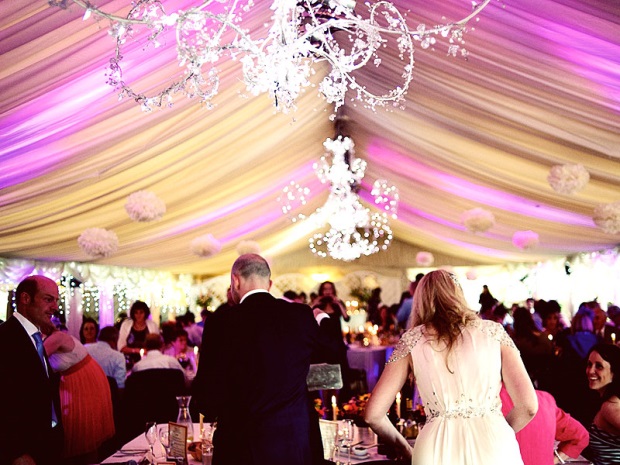
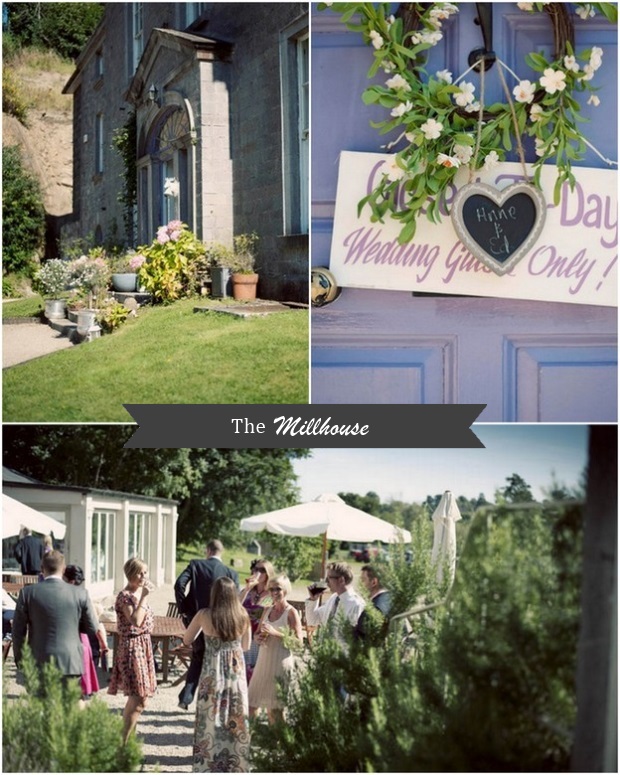
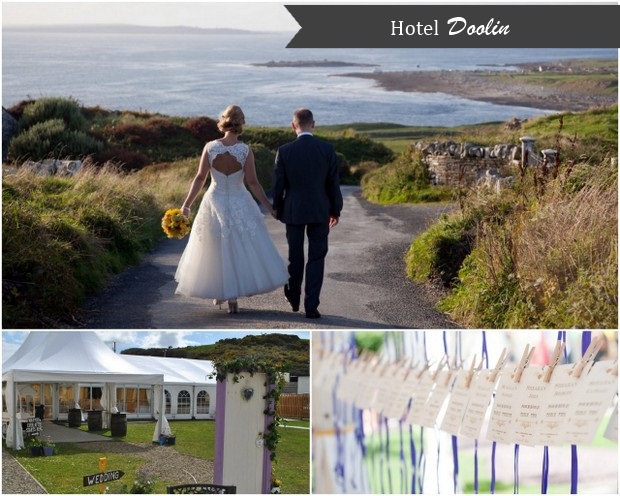
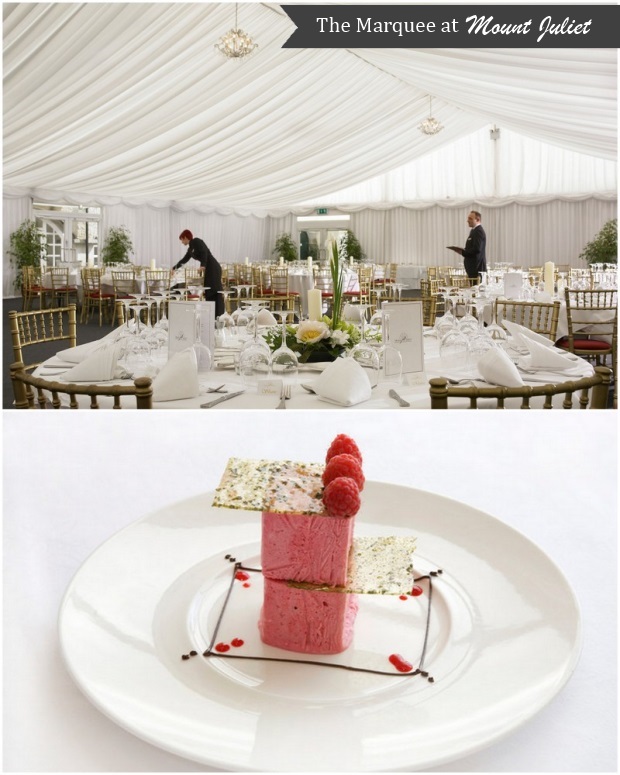
 Clonabreany House
Clonabreany House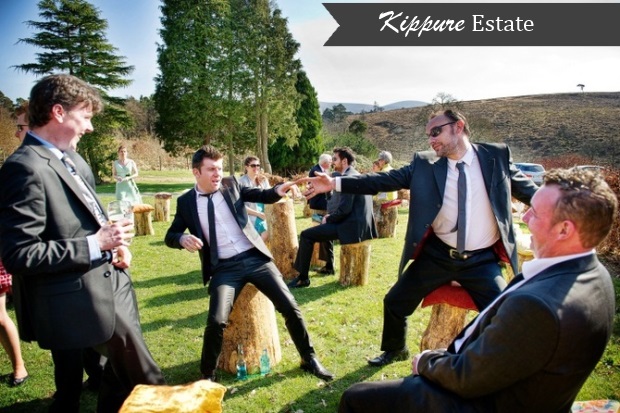

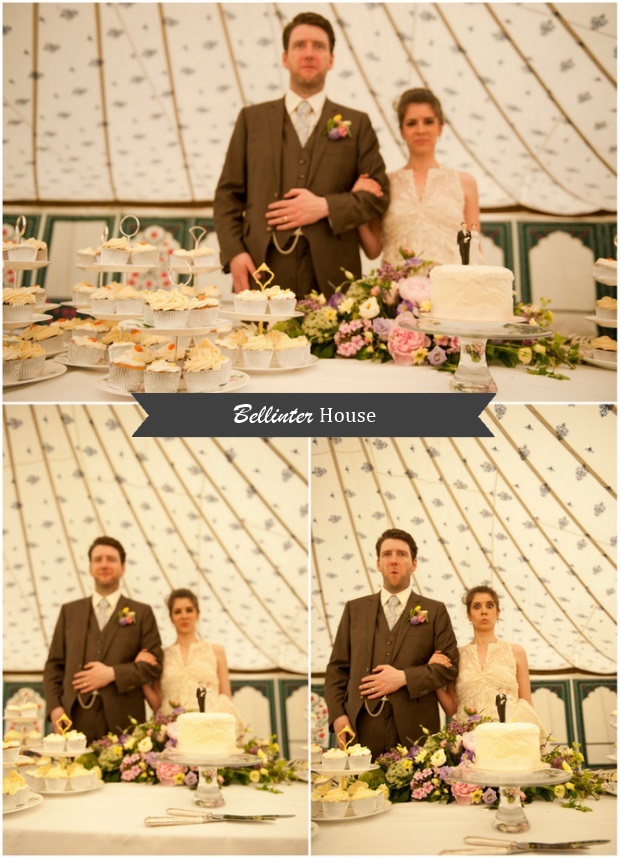
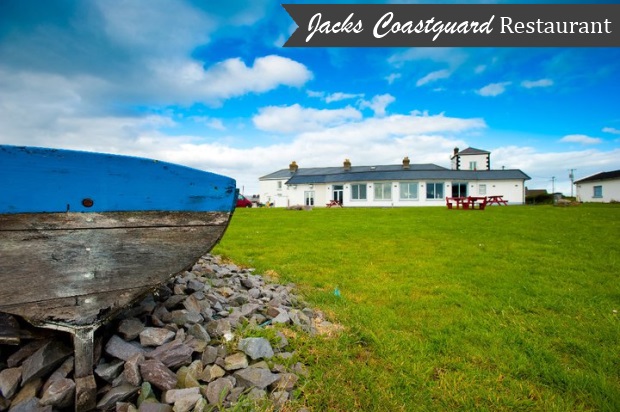
Posted on January 21st, 2019
Outdoor Stretch PVC Coated Vinyl
- A premium PVC formulation suitable for outdoor exposure.
- Completely waterproof.
- Fire Retardancy complying with international Standards.
- Water repellent base fabric.
- Excellent adhesion between the PVC coating and the base fabric preventing delimitation under stress.
- Excellent weldability.
- Proprietary inhouse manufactured base fabric enables consistent control and repeatability of the tensile and burst resistance.
- Durable quality with a long expected lifespan.
- Stretch ability that matches the stretch properties of the basecloth.
- Clean ability
- More cost effective
- Water proof for longer periods
- Expected life span
- Excellent adhesion
Customising:
- Change the colour of the backing fabric by using different coloured yarns the knitting process.
- Change the colour of the top PVC surface by using a different colour pigment in our PVC formulation.
Posted on January 3rd, 2019
5 Great Themes For Your Next Outdoor Event

1. Prohibition Evening
2. Tea Party
3. Diner Night
4. Dessert Party
5. American-Style Hoedown
Posted on November 26th, 2018
Your Wedding Marquee Hire Checklist

Food and Beverage Service
Seating Requirements
Stage or Performance Space
Backstage Areas
Toilet Facilities
Power Needs
Furnishings and Décor
Posted on November 22nd, 2018
Stretch tents, the ultimate function tent

Bridal parties, if you have been dreaming of a summer wedding, then we have stretch tents

Choose stretch tents instead of a marquee, here’s why…
Stretch tents can be shaped any way you want
A marquee is freestanding, unlike a stretch tents that can be attached to an existing structure, trees or even a wall.
Due to the versatility, options are aplenty.
Folding up a stretch tent is far easier than folding up a marquee. When it has been folded away, you can transport it with no hassle.
If you’ve been inspired to create memorable events with stretch tents, Australia’s reliable, efficient and expert Tentickle International Stretch Tents can help you do just that! Tentickle International Stretch Tents have a range of stretch tents for hire in Australia to suit your event needs.

Posted on July 6th, 2018
A brief history of the Bedouin or stretch tent

The basic structure we call “tent" has been around for centuries.
It was intrinsic to the earliest forms of nomadism and has been a source of shelter for centuries – from the traditional Bedouin tents to the Roman tent cities that became real cities, the Viking tents that could be deployed even inside their boats and the Mongolian yurta, which referred to both the land on which the camp was struck and the tents itself. The Mughal dynasty introduced the structure to India, while the Ottoman Turks became famous for their tent-building skills. An example of an Ottoman Turk tent, dating to the late 17th century, is preserved in the Real Armeria in Madrid. In North America, the Native Americans built wigwams and tepees; these tents became bigger with the introduction of horses in the 16th century.
The Bedouin traditionally was made from either goat or camel hair, measured about three by four metres and had a rectangular base. It was divided into two distinct areas, one public and the other private.
The public area was used to welcome and entertain guests and was found on the left side of the entrance. The private area, to the right of the entrance, was reserved for women and other members of the family. The Bedouin was famed for their hospitality and the sight of a Bedouin village was a sight for sore eyes for many a desert traveller.
Today’s Bedouin tents also go by the name of stretch tents. They come in a variety of shapes and sizes and are waterproof, made from technologically advanced fabrics.
They can be tailored to any occasion – popular uses of stretch tents include weddings, birthday parties, launches, children’s parties, outdoor get-togethers such as spitbraais, fairs and shows, semi-permanent places like beer gardens and coffee shops, religious gatherings and markets. In fact, the only limitation to what you can use one of these tents for is your imagination. They add more than just shelter – they create atmosphere and are suited to any theme.
Yet today’s Bedouin tents still have one great thing in common with the original desert tents – they play host to generous hospitality and are famed for making people feel welcome.
Posted on July 6th, 2018

